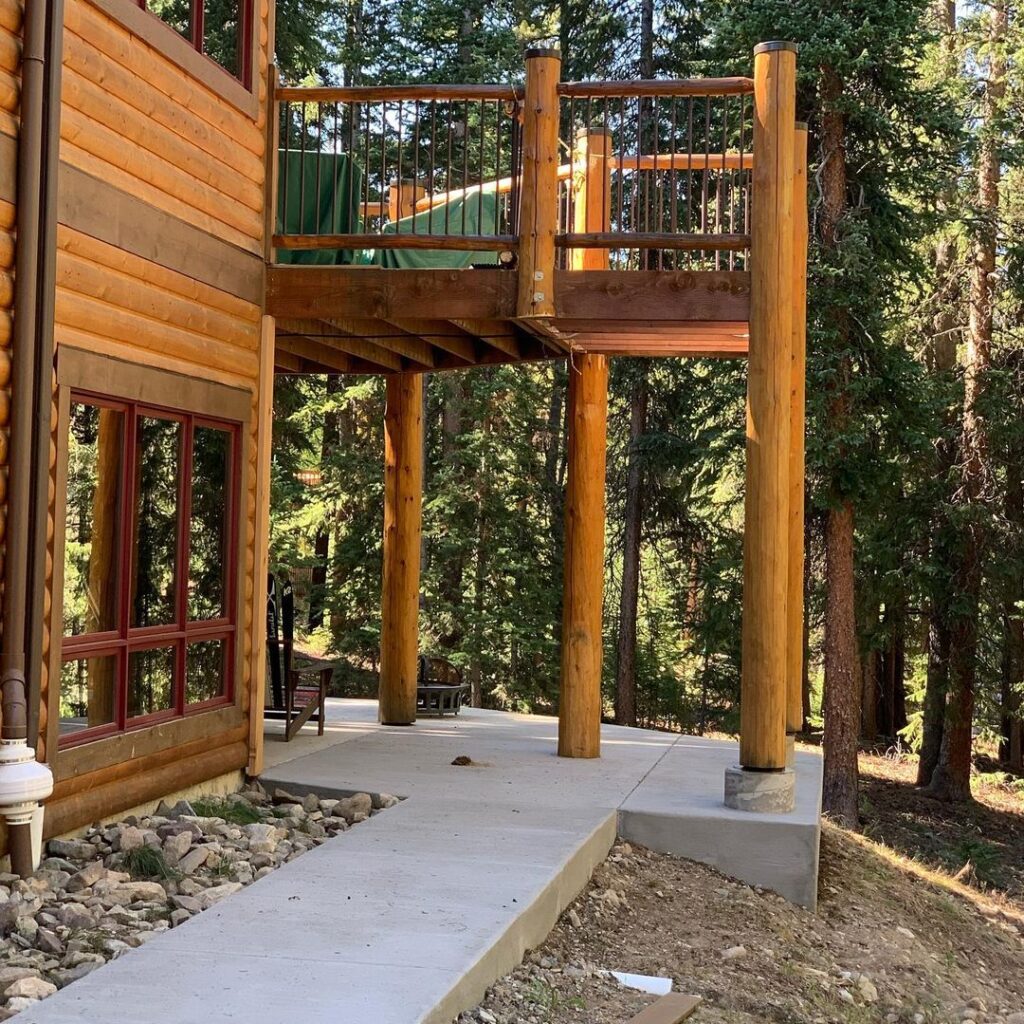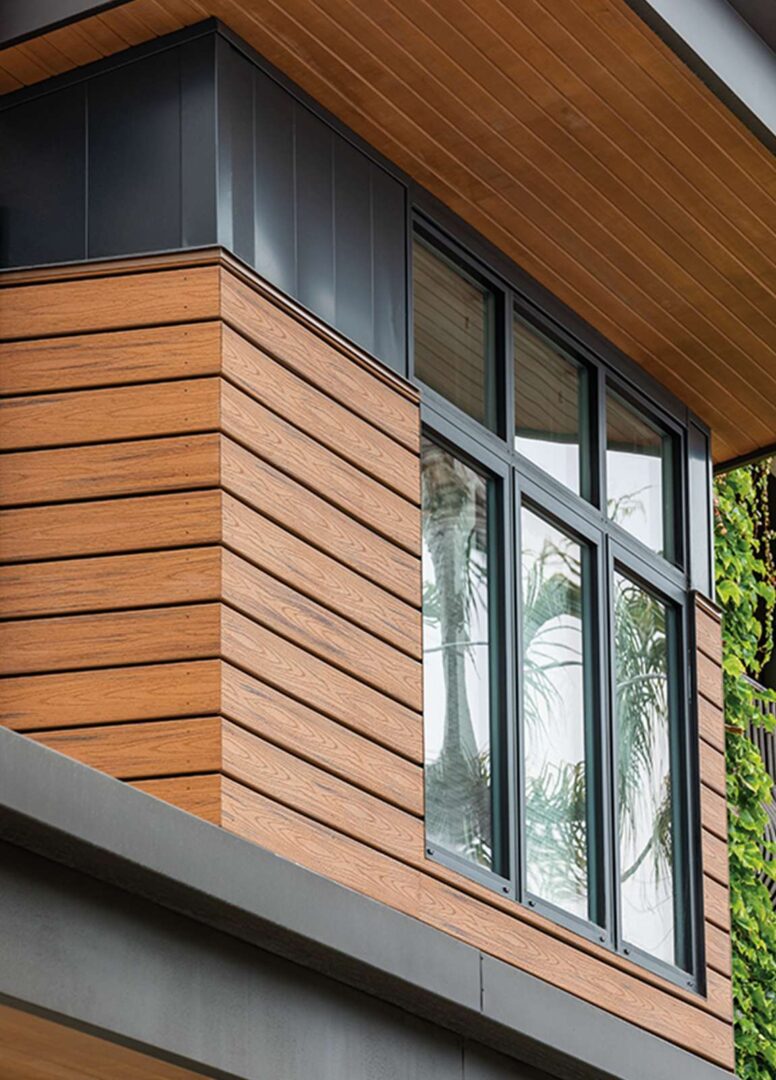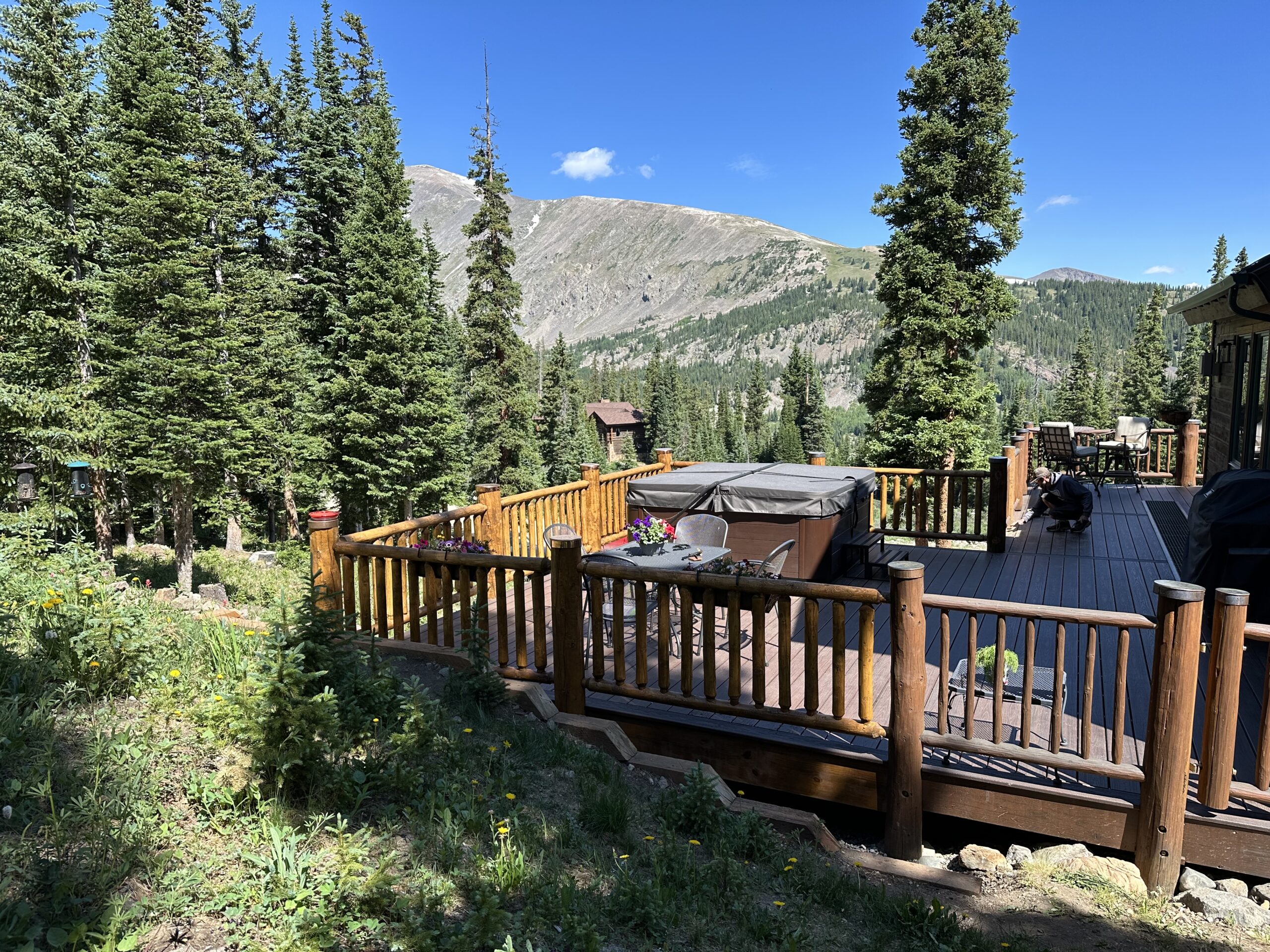Deck Railings: Safety, Style, and Material Options Explained
Whether you’re building a brand-new deck or upgrading an existing structure, choosing the right railing system is one of the most important design decisions you’ll make. Railings aren’t just for safety – though that’s certainly their primary purpose. They also play a major role in the overall appearance and feel of your outdoor space, framing views and helping define your deck’s architectural style.
At Colorado Deck Works, we understand that no two decks – or homeowners – are the same. That’s why we help clients throughout the Front Range explore railing systems that complement their design goals, fit their lifestyle, and meet all local safety requirements. In this article, we’ll highlight the three most popular railing materials we work with: wood, metal, and cable. We’ll look at how each option performs, what styles they suit best, and what to expect when it comes to durability and maintenance.
Why Deck Railings Are So Important
Deck railings serve a clear purpose: they provide a critical safety barrier that protects people and pets from falling – especially on raised or multi-level decks. In Colorado, building codes require railings for any deck surface 30 inches or more above grade. But beyond code compliance, railings offer structure and visual cohesion to your outdoor living area.
The right railing system can elevate your deck from a basic platform to a fully integrated extension of your home. Whether you prefer rustic charm, contemporary lines, or an open, airy feel, the material and style you choose can dramatically affect your deck’s aesthetics and day-to-day functionality.
Metal Railings (Aluminum and Steel)
If you’re looking for a clean, durable, and low-maintenance solution, metal railings may be your best bet. Most modern metal railing systems use aluminum or powder-coated steel. Both materials resist rust and corrosion, making them an ideal match for Colorado’s dry summers and snowy winters. Aluminum is especially popular for its lightweight construction, long lifespan, and easy installation.
Metal railings often appeal to homeowners aiming for a sleek or modern look. Straight, narrow balusters create a crisp profile that doesn’t distract from your home’s architecture or block your views. They also offer strong protection and stability without the bulk of traditional wood. Many systems come in neutral finishes like black, bronze, or charcoal, which pair beautifully with both composite and wood decking.
Although metal railings tend to cost more upfront than wood, their minimal upkeep can save time and money in the long run. Powder-coated finishes resist chipping and don’t require repainting. That makes them a great fit for homeowners who want a long-lasting product that looks great with minimal effort.
- Pros – Very low maintenance, long-lasting durability, clean modern appearance
- Cons – Higher initial cost, limited color customization
Wood Railings
Wood railings are a timeless choice for homeowners looking to create a warm, natural look that blends seamlessly into Colorado’s rugged landscape. Typically made from pressure-treated pine or cedar, wood railings are often chosen for their affordability and traditional appearance. They’re especially well-suited for log homes, mountain cabins, and decks designed with a craftsman or rustic style in mind.
One of the key advantages of wood is its versatility. Posts, balusters, and top rails can be shaped, carved, or trimmed to match virtually any style. You can stain or paint your railing to coordinate with your deck boards, siding, or surrounding landscape. However, with these design advantages comes a maintenance commitment. Wood railings are vulnerable to weather damage, UV fading, and moisture-related issues like rot and warping – especially in Colorado’s freeze-thaw climate.
Cable Railings
For homeowners with stunning mountain views or forested backdrops, cable railings provide the perfect balance of safety and visibility. These systems use horizontal stainless steel cables strung between posts – usually made of wood, aluminum, or composite. The result is a sleek, minimalist aesthetic that almost disappears when viewed from a distance.
Functionally, cable railing systems are incredibly strong and weather-resistant. High-grade stainless steel holds up well in outdoor conditions, and the open design minimizes wind resistance – ideal for elevated or exposed decks. However, proper installation is essential. Cables must be tensioned precisely and posts anchored firmly to ensure they meet safety codes and stay taut over time.
While cable railings offer unmatched visual openness, they also tend to fall on the higher end of the cost spectrum. Installation can be more labor-intensive, and periodic adjustments may be needed to maintain tension. But for many homeowners, the uninterrupted view and sleek design are well worth the investment.
- Pros – Nearly invisible when viewed from a distance, excellent for preserving views, modern style
- Cons – Expensive to install, may require occasional cable retightening
Meeting Safety and Code Requirements
No matter which railing material you choose, it must meet local building code standards. In Colorado, these typically include:
- Railing height of at least 36 inches (42 inches for commercial decks)
- Baluster or cable spacing of no more than 4 inches apart
- Railings must resist specific horizontal and vertical force loads
Colorado Deck Works is fully licensed and up to date on all safety standards. We ensure every railing we install is not only attractive but code-compliant, so you can enjoy peace of mind along with the view.
“When installing a cable railing system, it is important to use high-quality materials, such as marine-grade stainless steel cables and hardware, and to follow the manufacturer’s installation instructions carefully. Additionally, regular maintenance is important to ensure the continued safety and integrity of the cable railing system. This may include periodic inspections, cleaning, and tightening of hardware as needed.”
—Inline Design
Railing Materials at a Glance
Here’s a quick comparison of the railing types discussed above to help guide your decision:
| Railing Material | Appearance | Durability | Maintenance | Cost | Best For |
|---|
| Wood | Traditional, natural, rustic charm | Moderate (weather-sensitive) | High – requires sealing or staining | Low to moderate | Rustic homes, custom detailing, budget-friendly builds |
| Metal (Aluminum/Steel) | Clean, contemporary, minimalist | Very high – rust and corrosion resistant | Very low – no painting or sealing required | Moderate to high | Modern designs, low-maintenance decks, long-term use |
| Cable | Open, modern, view-friendly | High – stainless steel cables | Low to moderate – tension adjustments needed | High | Scenic locations, luxury builds, contemporary homes |
Explore Deck Railing Options
Review our gallery of metal, cable and wood deck railing installations &to find the best option for your custom wood deck.
Deck Railings
Choosing the Right Railing for Your Home
The best railing system for your deck depends on more than just aesthetics. You’ll want to think about your home’s style, how much maintenance you’re willing to perform, and whether preserving a scenic view is a top priority. If you’re building a rustic getaway or a home in the foothills, natural wood may suit your vision best. For low-maintenance durability, metal railings are a solid choice. And if your deck looks out over a stunning mountain or cityscape, cable railings offer a clean, modern look that lets the scenery take center stage.
Let Colorado Deck Works Help You Build with Confidence
At Colorado Deck Works, we know every outdoor space is unique. That’s why we offer fully customized railing solutions tailored to your deck, your home, and your lifestyle. Whether you’re leaning toward the traditional charm of wood, the durability of metal, or the openness of cable systems, our team will guide you through the options and ensure a result you’ll love for years to come.
We proudly serve homeowners across the Front Range – from Fort Collins to Castle Rock and everywhere in between. Contact us today to schedule your free consultation and explore railing options that are as safe as they are stylish.


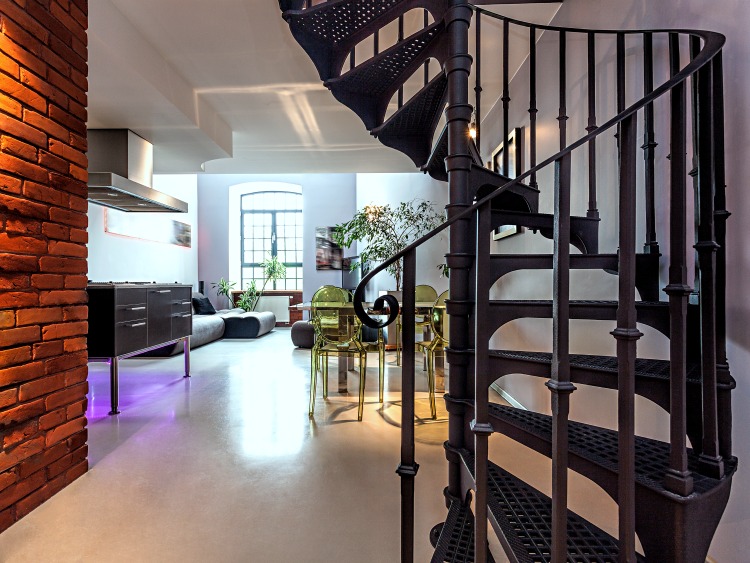
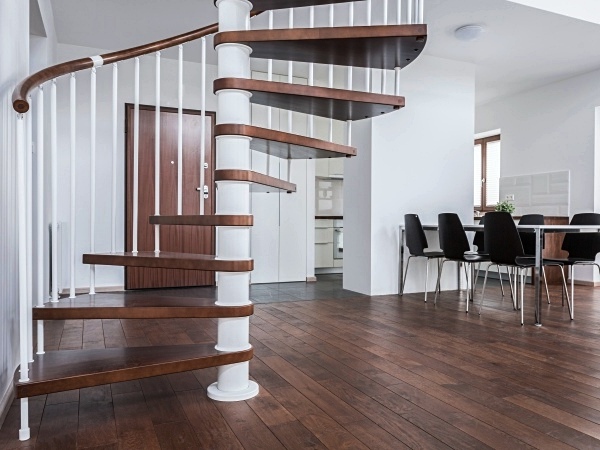
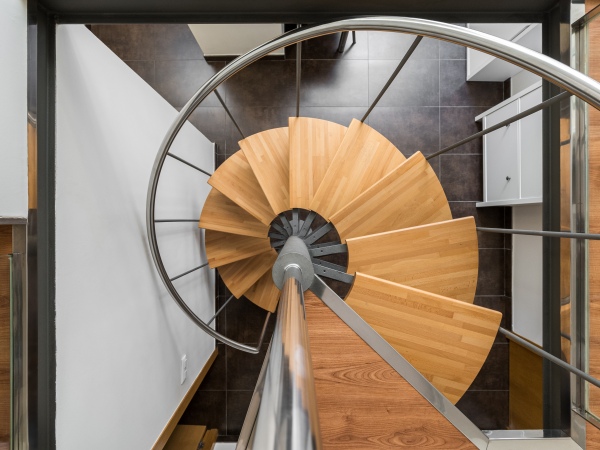
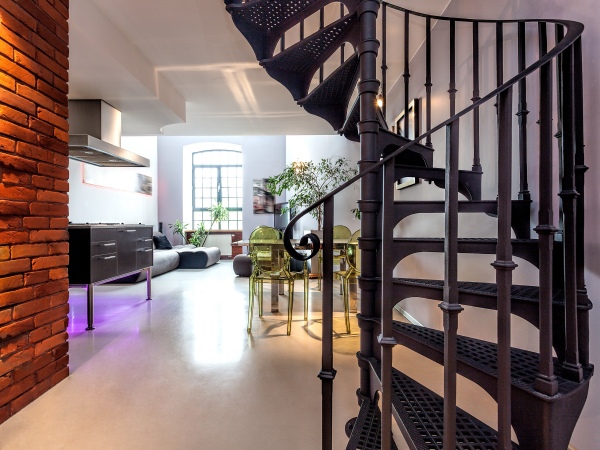
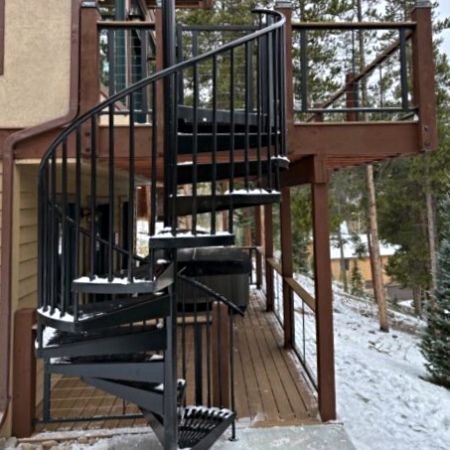
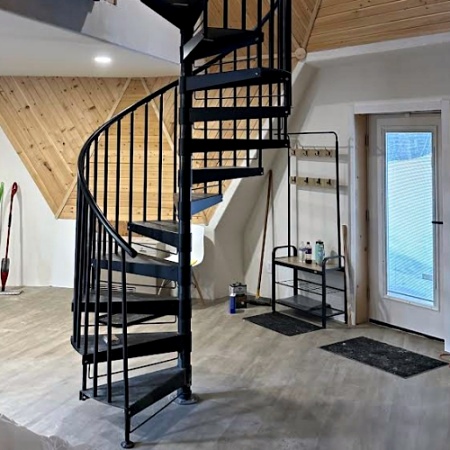

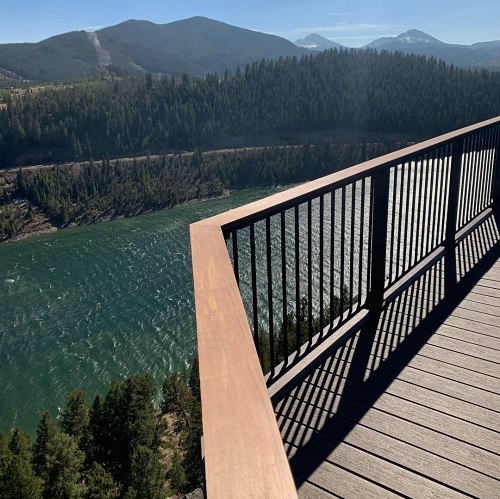
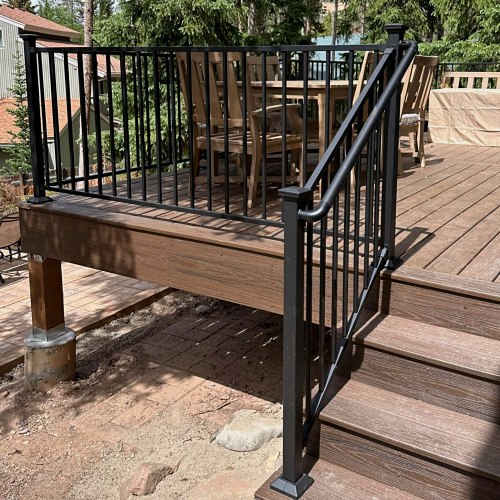
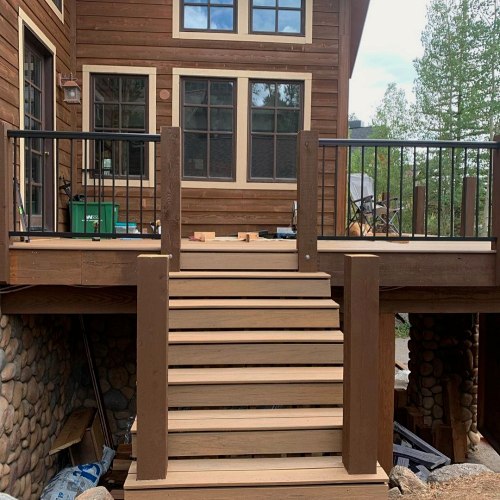
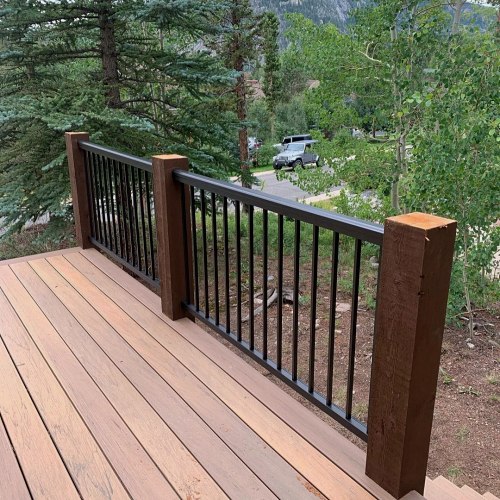
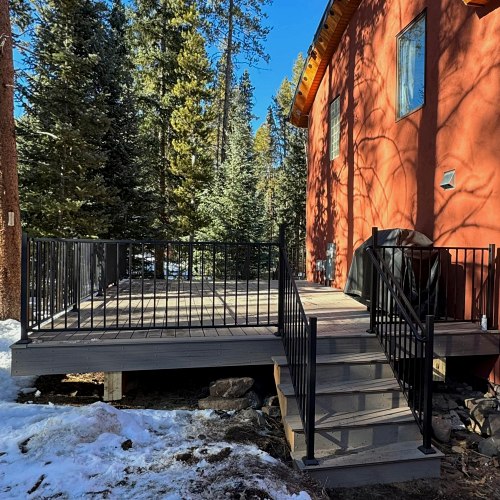
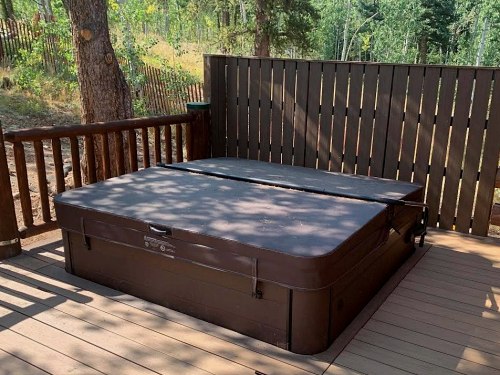
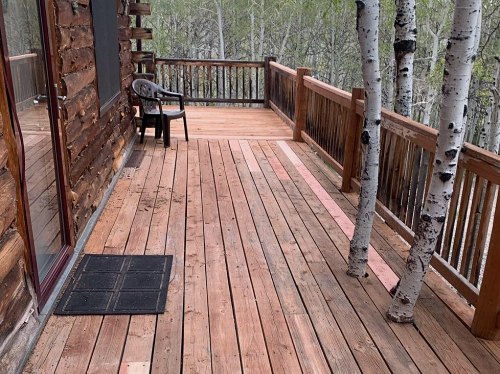
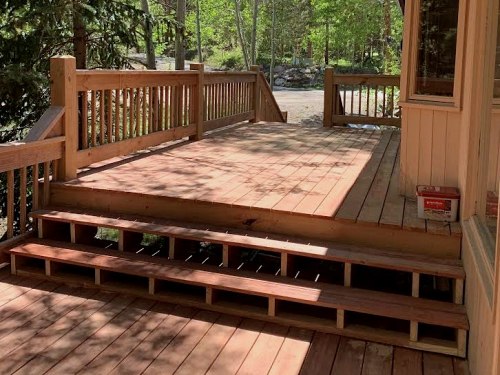
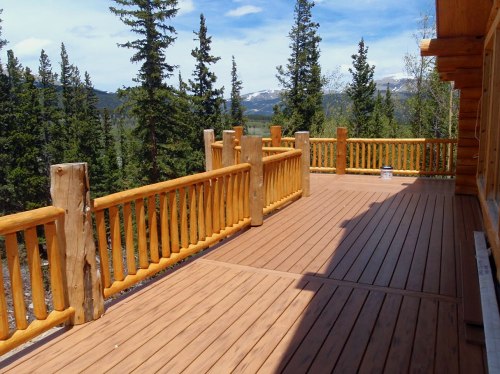
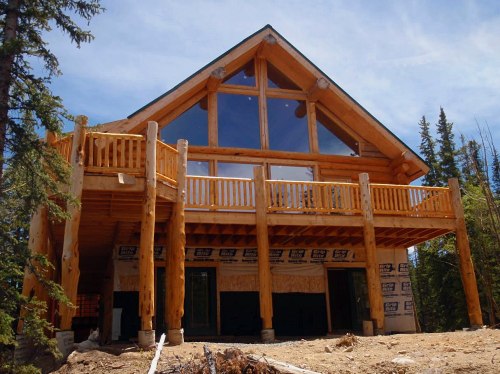

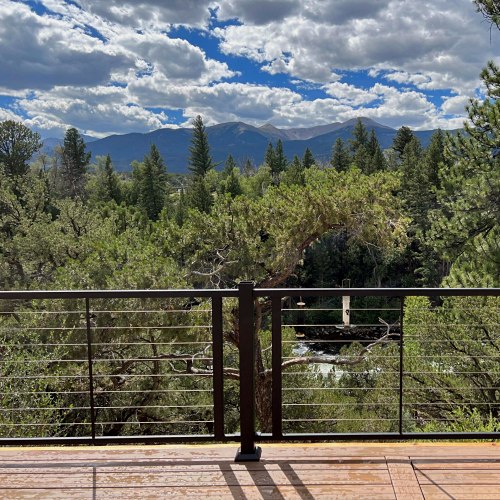
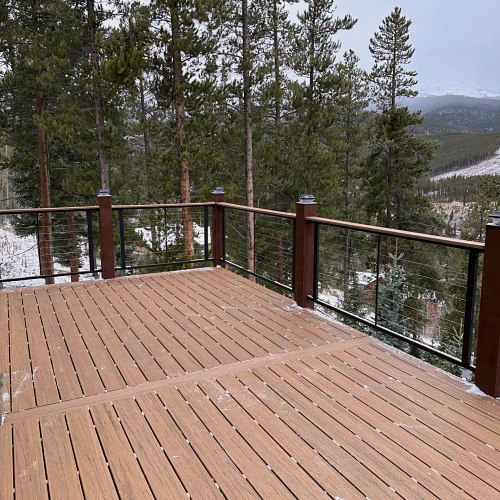


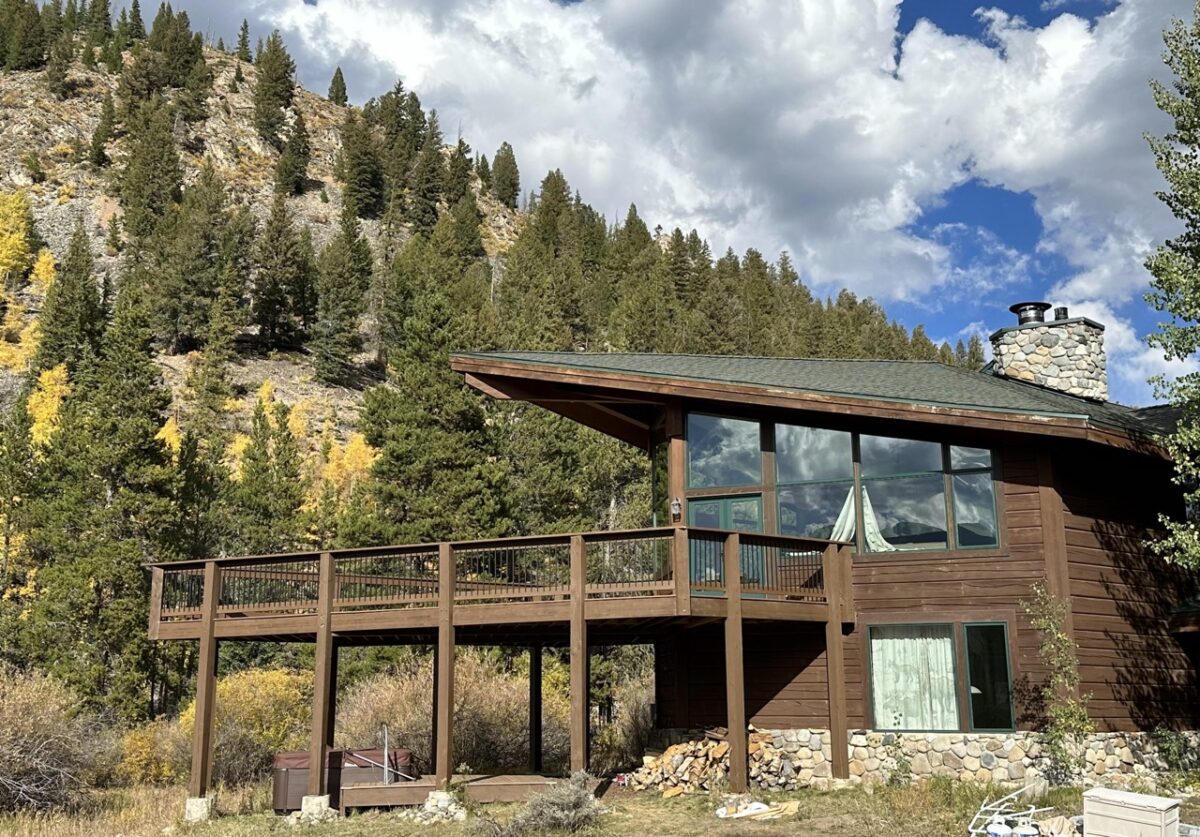
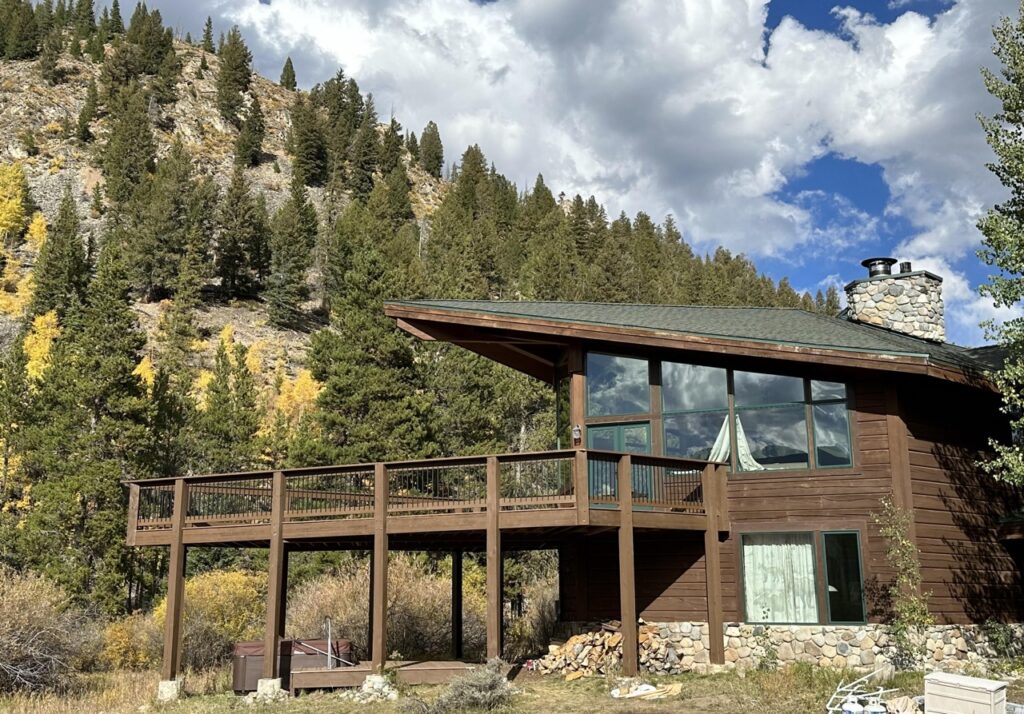
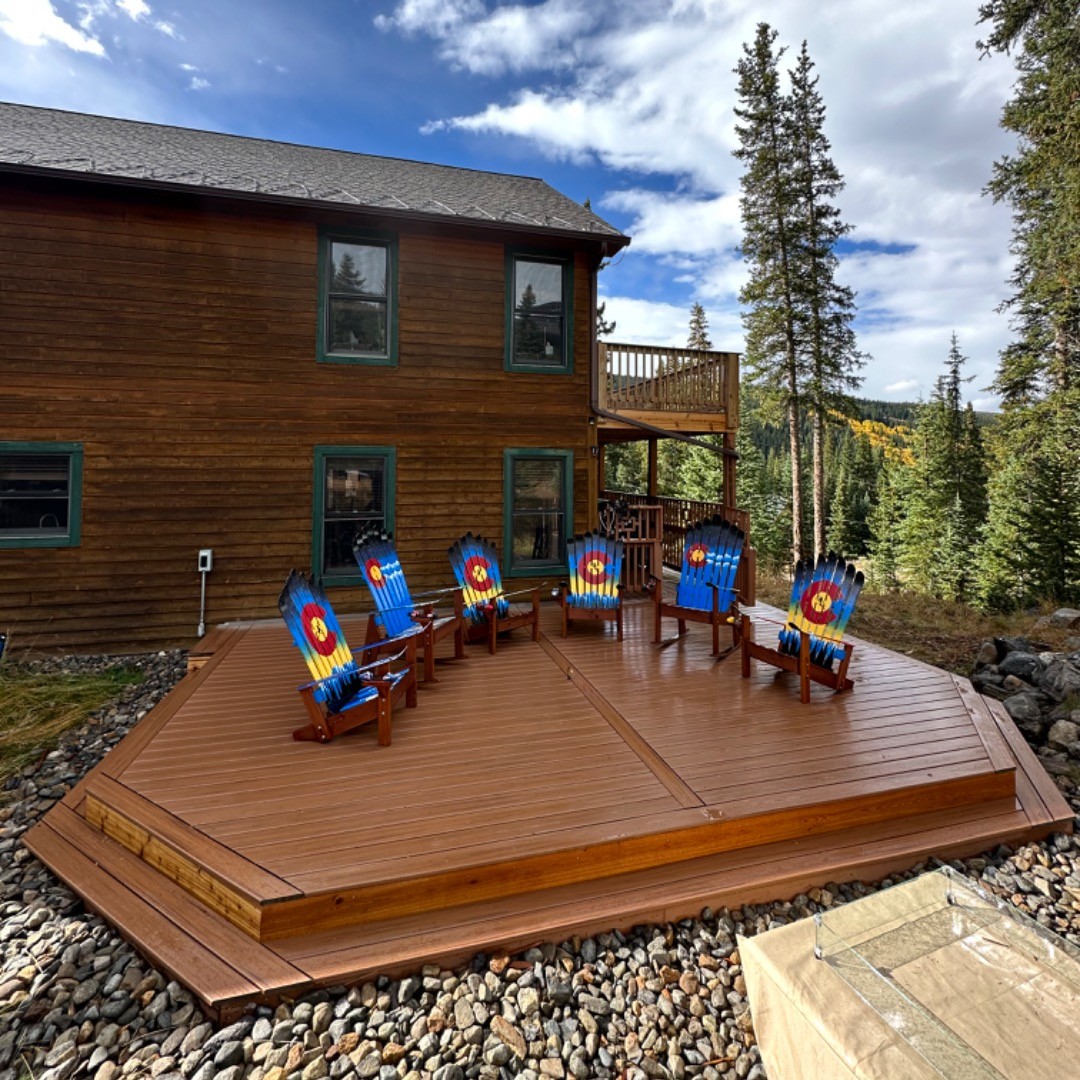



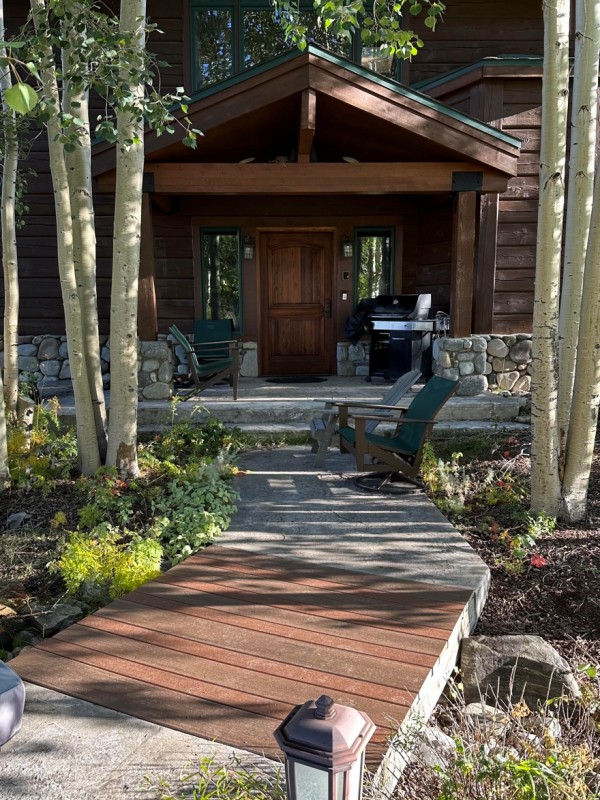

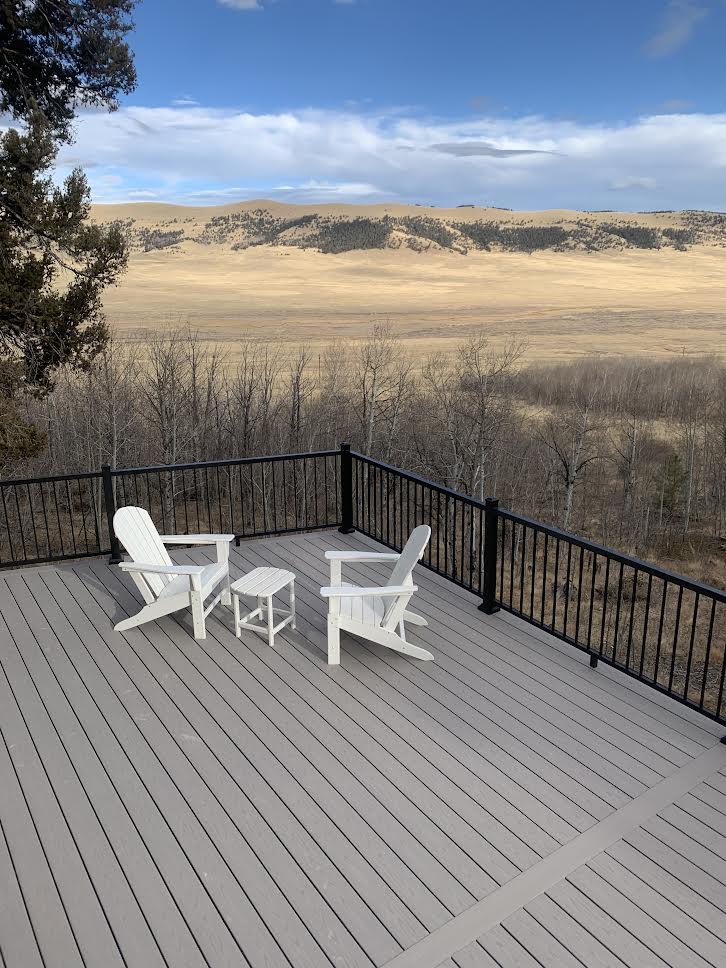
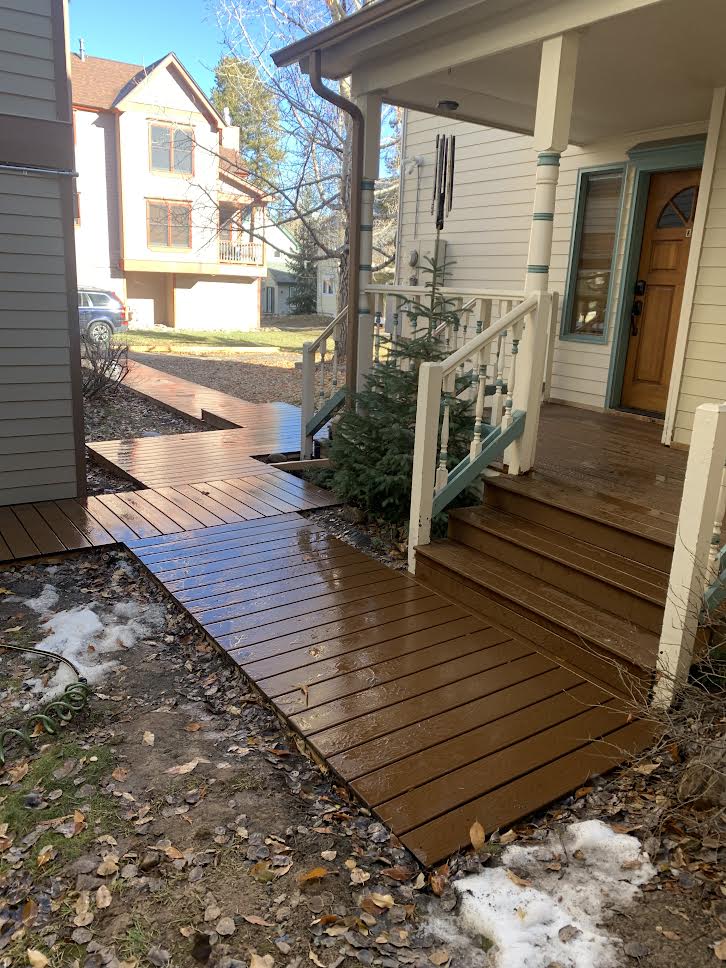


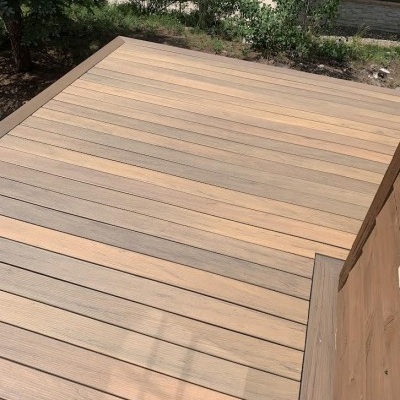
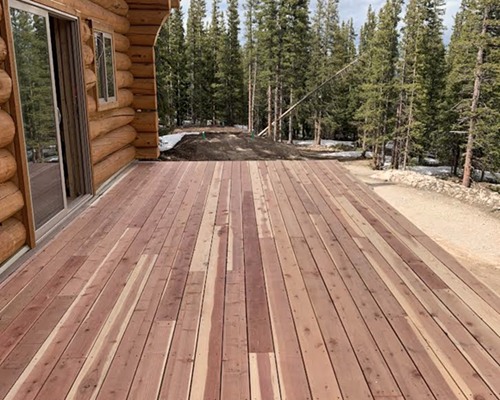
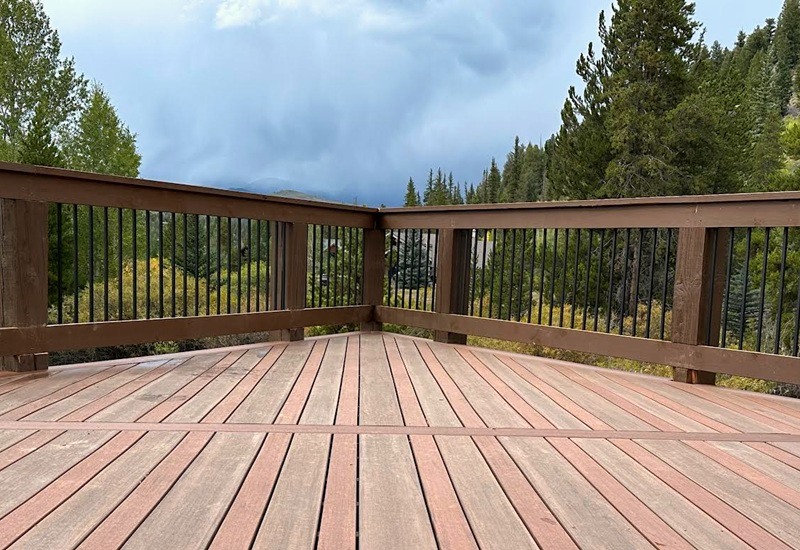

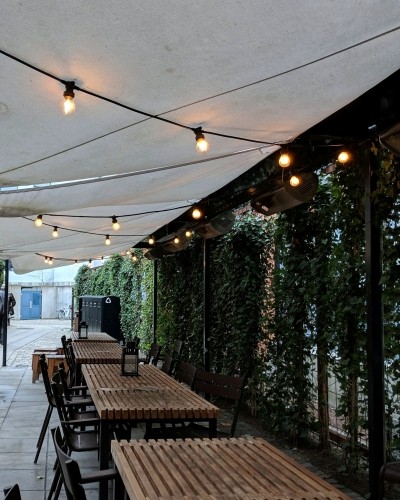
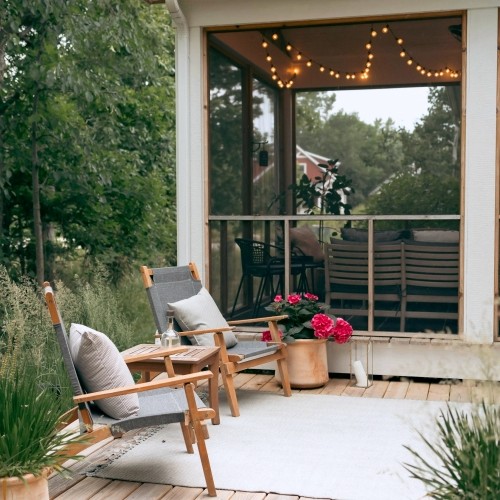
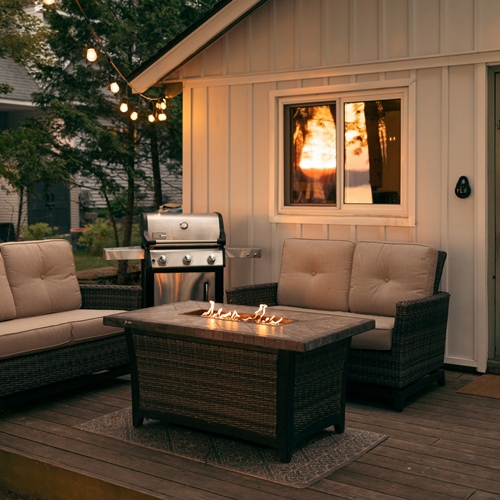

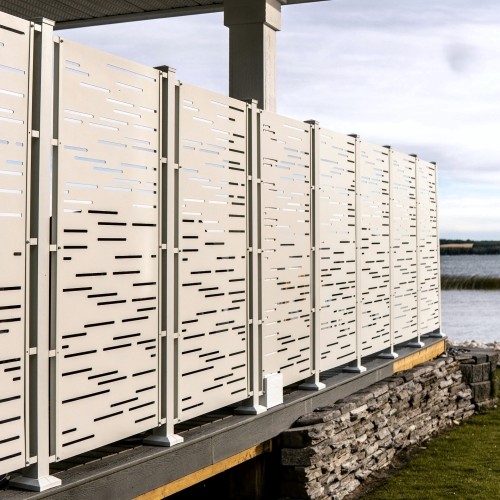
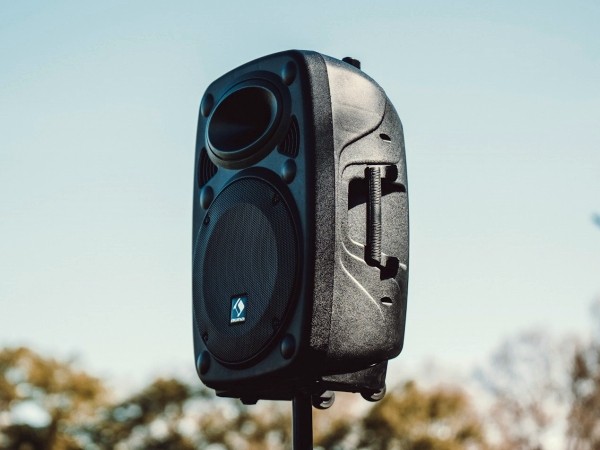
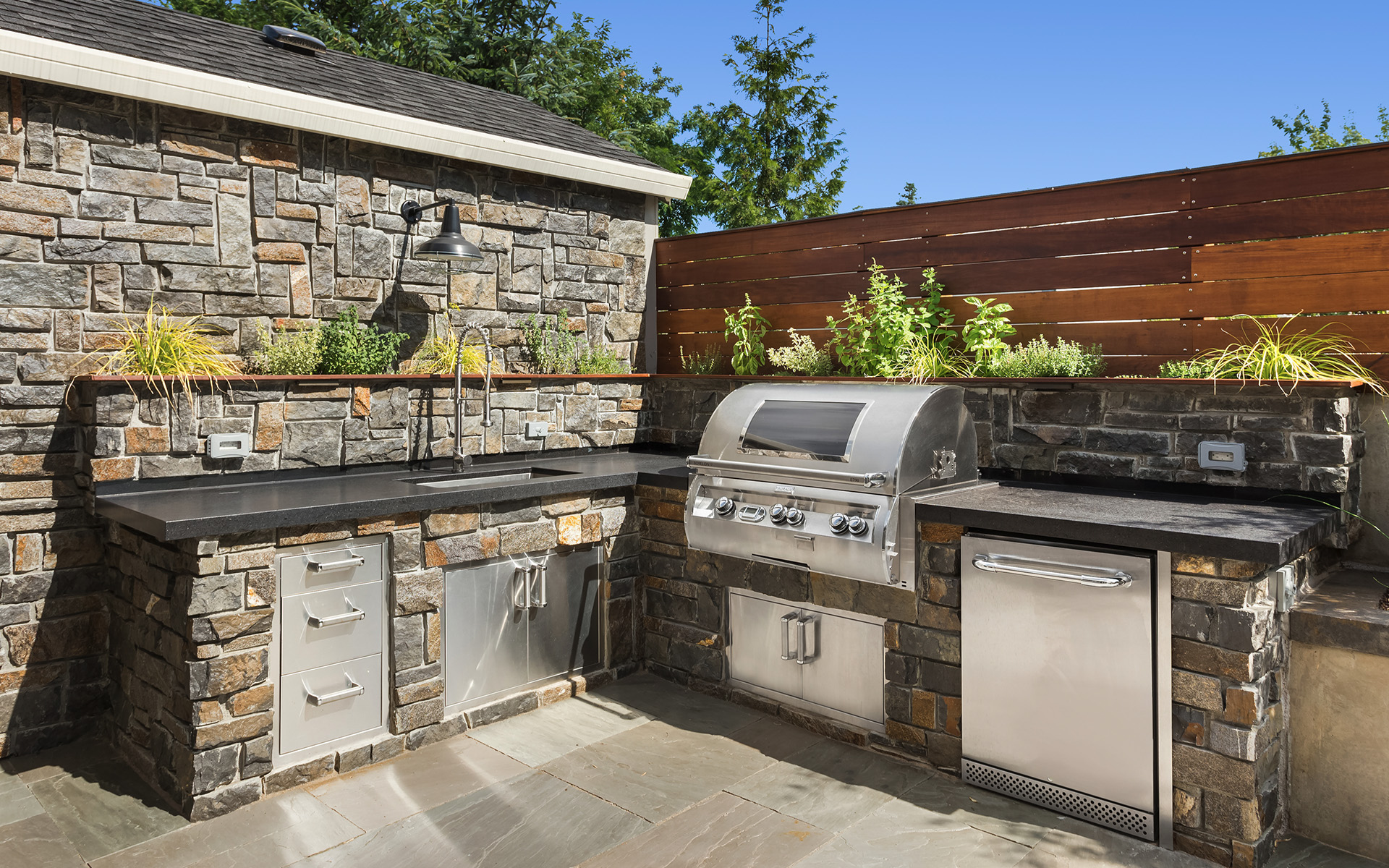



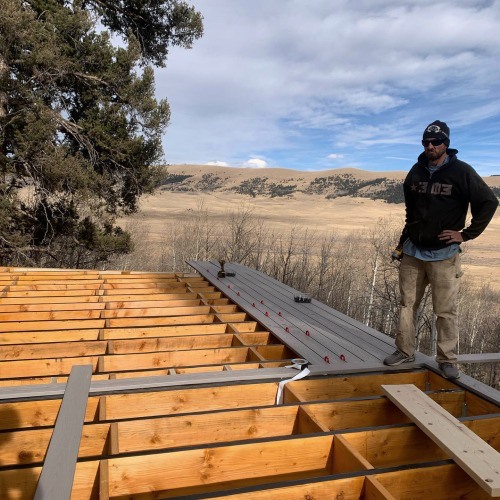
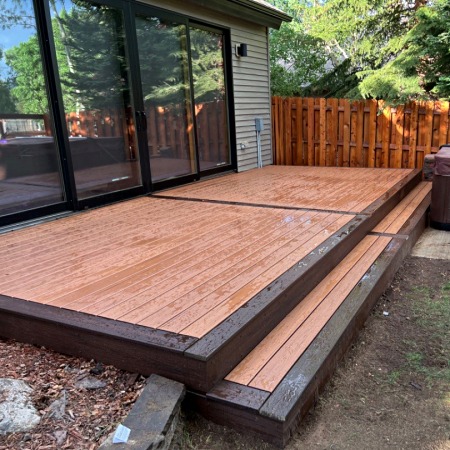 var acc = document.querySelectorAll(".gd-accordion .toggle");
var i;
for (i = 0; i < acc.length; i++) {
acc[i].addEventListener("click", function() {
this.classList.toggle("active");
var panel = this.nextElementSibling;
if (panel.style.maxHeight) {
panel.style.maxHeight = null;
} else {
panel.style.maxHeight = panel.scrollHeight + "px";
}
});
}
var acc = document.querySelectorAll(".gd-accordion .toggle");
var i;
for (i = 0; i < acc.length; i++) {
acc[i].addEventListener("click", function() {
this.classList.toggle("active");
var panel = this.nextElementSibling;
if (panel.style.maxHeight) {
panel.style.maxHeight = null;
} else {
panel.style.maxHeight = panel.scrollHeight + "px";
}
});
}
